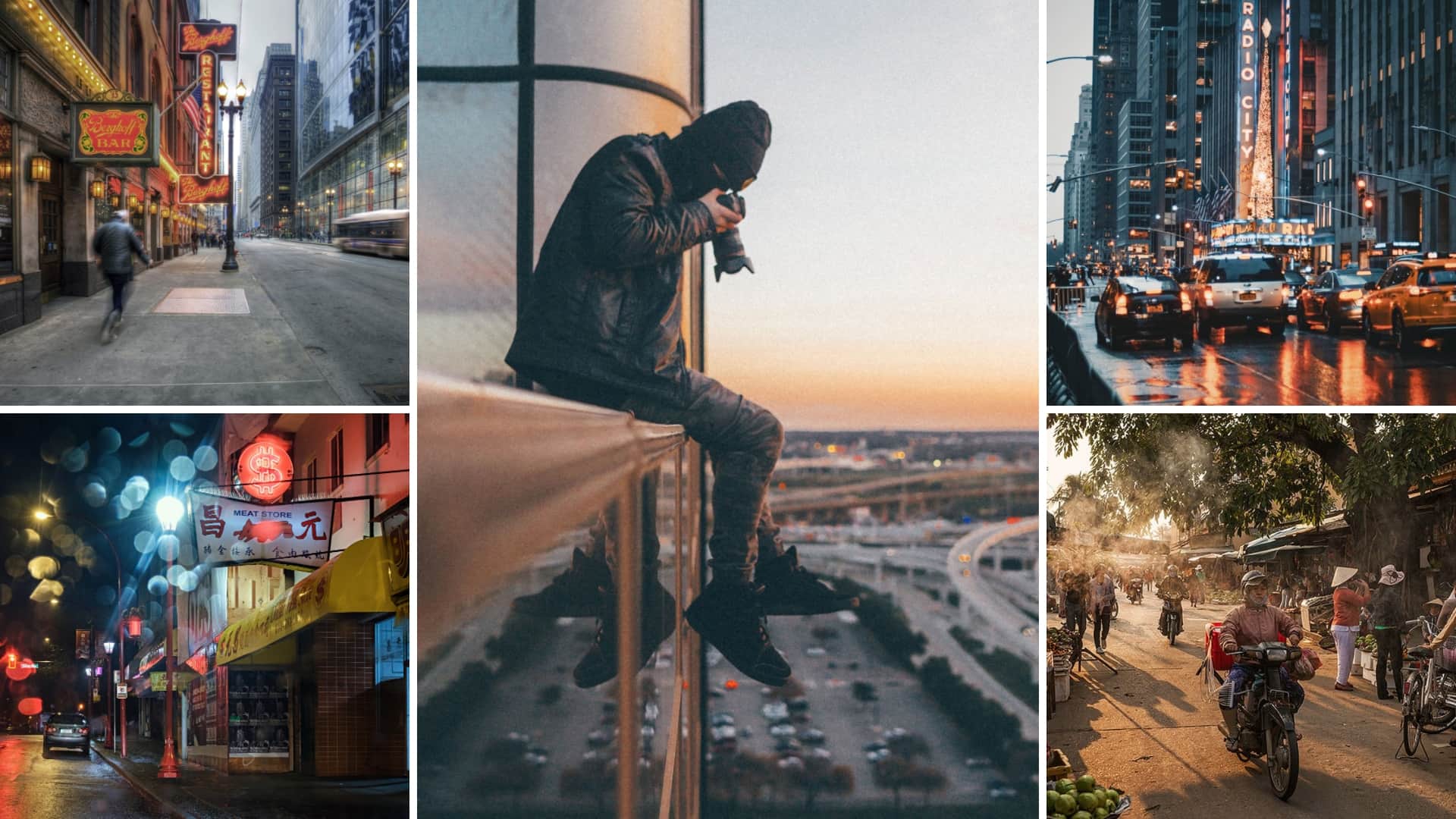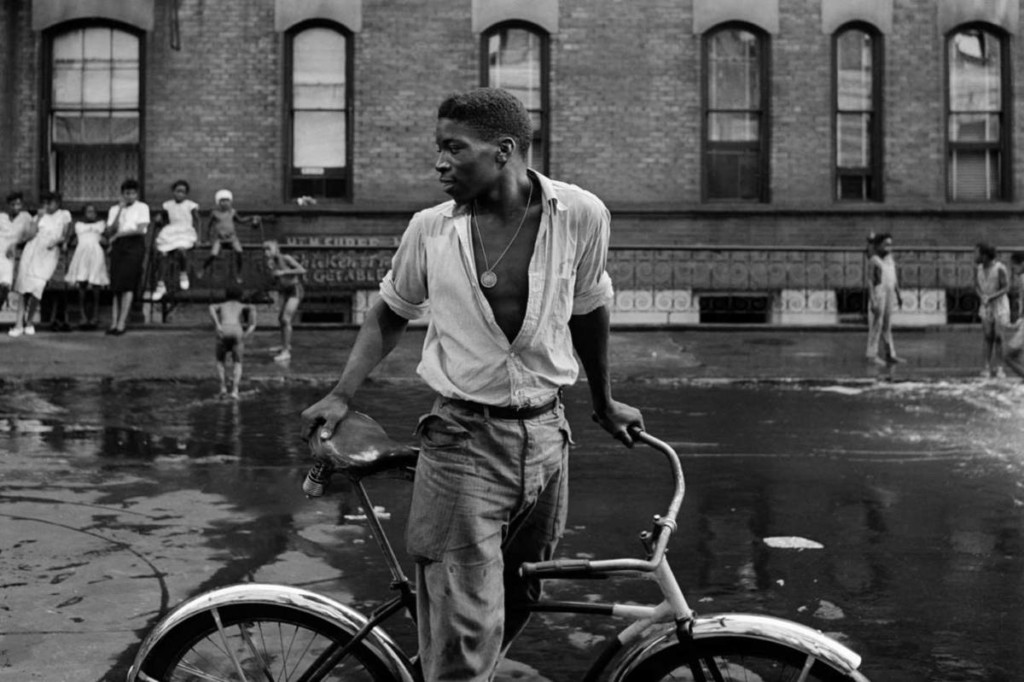Framing Streets - Truths
Wiki Article
The Best Guide To Framing Streets
Table of Contents5 Simple Techniques For Framing StreetsSome Known Facts About Framing Streets.The Greatest Guide To Framing StreetsThe smart Trick of Framing Streets That Nobody is Discussing8 Easy Facts About Framing Streets ExplainedNot known Incorrect Statements About Framing Streets
, normally with the aim of capturing images at a crucial or poignant moment by mindful framework and timing. https://www.huntingnet.com/forum/members/framingstreets1.html.
The Facts About Framing Streets Uncovered
Susan Sontag, 1977 Road photography can concentrate on individuals and their actions in public. In this respect, the road digital photographer resembles social documentary photographers or photojournalists who likewise function in public places, but with the goal of capturing newsworthy occasions. Any of these photographers' pictures may catch individuals and building noticeable within or from public locations, which frequently entails browsing moral issues and legislations of privacy, safety and security, and residential or commercial property.Representations of daily public life form a genre in nearly every duration of globe art, starting in the pre-historic, Sumerian, Egyptian and early Buddhist art periods. Art handling the life of the street, whether within views of cityscapes, or as the leading concept, shows up in the West in the canon of the North Renaissance, Baroque, Rococo, of Romanticism, Realistic look, Impressionism and Post-Impressionism.
Framing Streets Fundamentals Explained
Louis Daguerre: "Boulevard du Holy place" (1838 or 1839) In 1838 or 1839 the first picture of numbers in the road was taped by Louis-Jacques-Mand Daguerre in among a set of daguerreotype views drawn from his studio home window of the Boulevard du Holy place in Paris. The second, made at the height of the day, shows an uninhabited stretch of road, while the other was taken at about 8:00 am, and as Beaumont Newhall records, "The Blvd, so frequently loaded with a relocating crowd of pedestrians and carriages was perfectly singular, other than a person who was having his boots combed.Subsequently his boots and legs were well specified, however he is without body or head, since these were in motion." Charles Ngre, waterseller Charles Ngre. https://www.huntingnet.com/forum/members/framingstreets1.html was the very first digital photographer to achieve the technological elegance needed to sign up people in movement on the road in Paris in 1851. Photographer John Thomson, a Scotsman collaborating with reporter and social lobbyist Adolphe Smith, released Street Life in London in twelve month-to-month installments beginning in February 1877
Get This Report on Framing Streets
Eugene Atget is considered as a progenitor, not due to the fact that he was the very first of his kind, but as a result of the popularisation in the late 1920s of his document of Parisian roads by Berenice Abbott, who was influenced to undertake a comparable documents of New york city City. [] As the city created, Atget assisted to advertise Parisian streets as a worthy topic for photography.
3 Simple Techniques For Framing Streets
The chief Mass-Observationists were anthropologist Tom Harrisson in Bolton and poet Charles Madge in London, and their initial report was created as the book "May the Twelfth: Mass-Observation Day-Surveys 1937 by over 2 hundred viewers" [] Home window cleaner at Kottbusser Tor, Berlin, by Elsa Thiemann c. 1946 The post-war French Humanist Institution professional photographers discovered their topics on the road or in the restaurant. In between 1946 and 1957 Le Groupe des XV annually exhibited work of this kind. Andre Kertesz. Circus, Budapest, 19 May 1920 Street digital photography developed the major material of two events at the Gallery of Modern Art (Mo, MA) in New York curated by Edward Steichen, 5 French Photographers: Brassai; Cartier-Bresson, Doisneau, Ronis, Izis in 1951 to 1952, and Post-war European Photography in 1953, which exported the principle of street digital photography globally.
Not known Facts About Framing Streets
The recording maker was 'a hidden electronic camera', a 35 mm Contax concealed underneath his coat, that was 'strapped to the chest and attached to a long cable strung down the ideal sleeve'. His job had little contemporary impact as due to Evans' sensitivities about the creativity of his job and the personal privacy of his topics, it was not released up until 1966, in the publication Numerous Are Called, with an intro written by James Agee in 1940.Helen Levitt, then an educator of kids, connected with Evans in 193839. She documented the temporal chalk drawings - copyright a9iii that became part of kids's street society in New York at the time, along with the kids that made them. In July 1939, Mo, MA's brand-new photography area included Levitt's job in its inaugural exhibitionRobert Frank's 1958 publication,, was significant; raw and frequently indistinct, Frank's images examined mainstream digital photography of the time, "challenged all the official policies put down by Henri Cartier-Bresson and Pedestrian Evans" and "flew in the face of the wholesome pictorialism and heartfelt photojournalism of American publications like LIFE and Time".
Report this wiki page